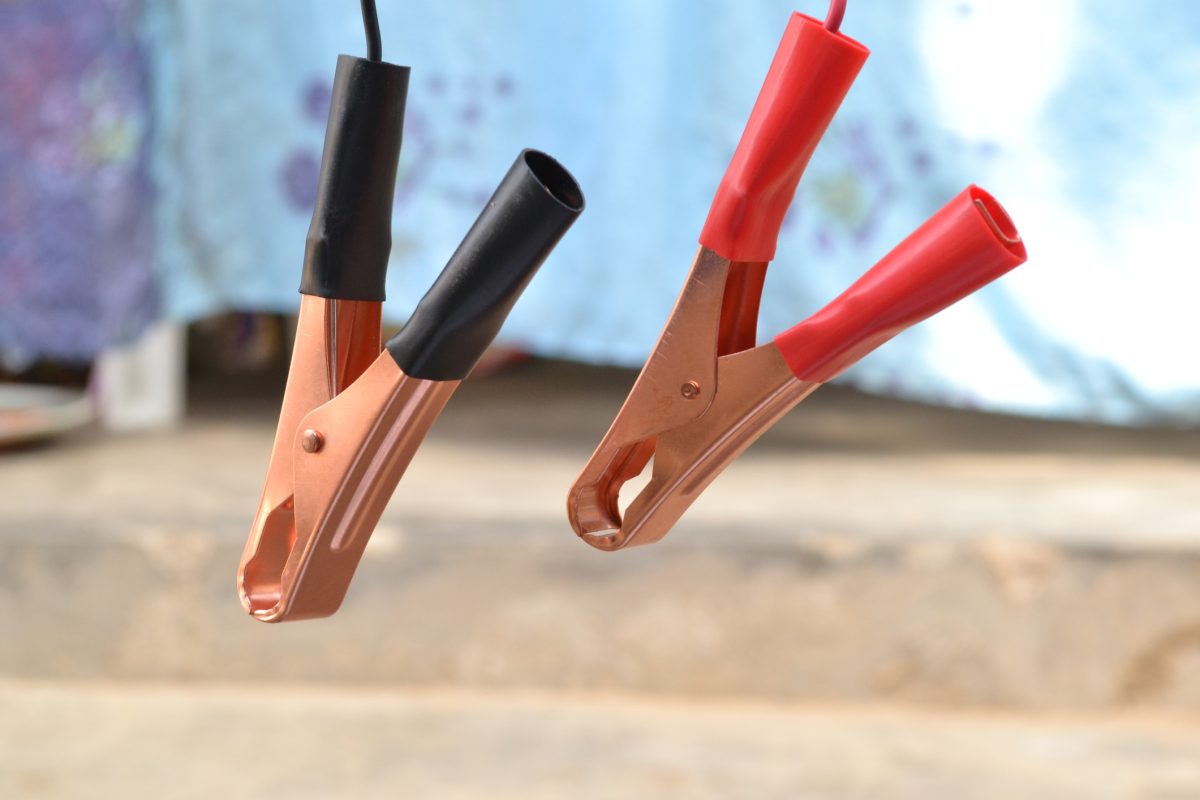Etching of metals involves careful surface treatment. A protective coating is applied to the product, which is erased in the place of the drawing. Then either acids or a bath with an electrolyte are used. Unprotected places are destroyed. The longer the exposure time, the deeper the etching of metals occurs. The drawing looks more expressive and clearer.
Electrochemical etching of metal involves the use of an electrolyte bath. In short, it consists of several stages. The part on which the inscription is made, the drawing (previously applied with a special varnish) is immersed in an electrolyte solution and it is an anode. That is, a current source (+) is connected to it. The cathode, which is also immersed in the electrolyte solution, is a strip of stainless steel. A current source (–) is connected to it. When the current is turned on, electrochemical etching occurs and the surfaces of the part that are not protected by varnish are dissolved. This method has a number of advantages. First, the drawing is clearer, and the time required to complete the process is significantly reduced. In addition, such metal processing is economical: the volume of used acid is much less than with another methods.

